The Surprising History of Diamond Engagement Rings

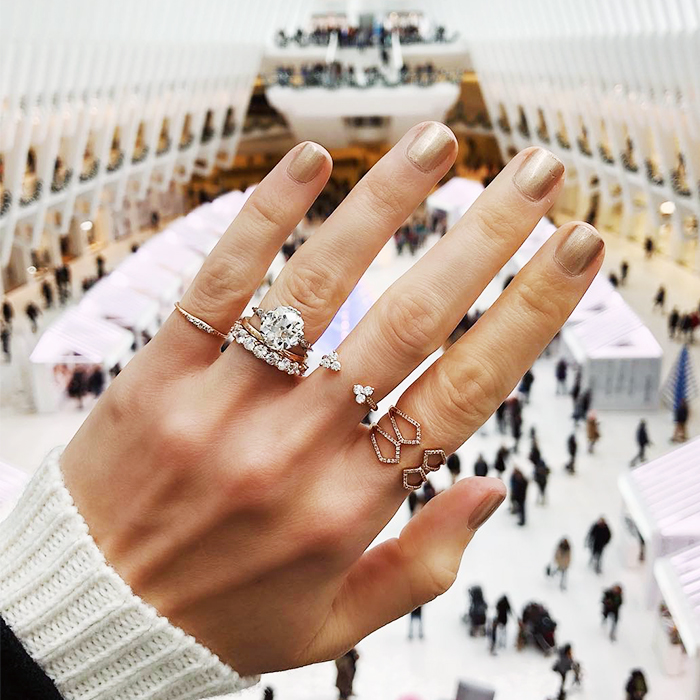
We take them for granted as the symbol of a promise to marry, but diamond engagement rings haven't always been the standard. Though rings exchanged between partners dates back to ancient times, as recently as the 1930s, brides-to-be weren't always receiving diamond engagement rings along with their proposals. Still, in the past 90 years, the phenomenon has become an unquestioned cultural ritual. Here we revisit the surprising history of diamond engagement rings, from diamondless ancient beginnings to ad-driven sway of popular opinion.
Ancient Egypt
The earliest examples of engagement rings hail from ancient Egypt, "where its circular shape was said to symbolize an eternal cycle," writes diamond jewelry specialist Harry Winston. "It was worn on the fourth finger of the left hand, where it was believed there was a vein that led straight to the heart, beginning a custom that continues today across many cultures."
1477
In 1477, Archduke Maximillian of Austria bestowed upon his betrothed, Mary of Burgundy, a diamond ring specially commissioned for the occasion. According to the American Gem Society, his is the very first diamond engagement ring on record and is said to have "sparked a trend for diamond rings among European aristocracy and nobility."
Victorian and Edwardian Eras
"The sentimental Victorians popularized ornate engagement ring designs that mixed diamonds with other gemstones, precious metals, and enamels," write the American Gem Society. "Diamond rings crafted during the Edwardian era continued the tradition of pairing diamonds with other jewels, commonly mounted in filigree settings."
1947
In 1947, De Beers debuted its iconic slogan, "a Diamond Is Forever," a strategy that one Atlantic article from 1982 asserts made both women and men "perceive diamonds not as marketable precious stones but as an inseparable part of courtship and married life." The story goes on to say that the diamond industry set out to "strengthen the association in the public's mind of diamonds with romance." As the advertising agency's 1947 strategy plan outlined, "We are dealing with a problem in mass psychology. We seek to… strengthen the tradition of the diamond engagement ring—to make it a psychological necessity capable of competing successfully at the retail level with utility goods and services…"
Much of De Beers's marketing involved reinforcing this link between diamonds and romance, presenting diamonds as a symbol of love and commitment, and the diamond engagement ring as a requisite part of a romantic union. To counter the possibility of women desiring something other than a diamond engagement ring, either to be different or for monetary reasons, the advertising agency asserted, "It is essential that these pressures be met by the constant publicity to show that only the diamond is everywhere accepted and recognized as the symbol of betrothal."

My mom circa 1975
Who are your 5 favorite people to follow on Twitter/Instagram?@fingermonkey @katefoley @idea.ltd @designmilk @overheardla
What's the fashion essential you can’t live without?My black-on-black Birkenstocks. If that even counts.
What's your desert island album?Radiohead's OK Computer. Or maybe Pablo Honey for something a bit more uplifting if I'm going to be stuck by myself.
What's your favorite WhoWhatWear.com story? California Dreaming with Poppy Delevingne-
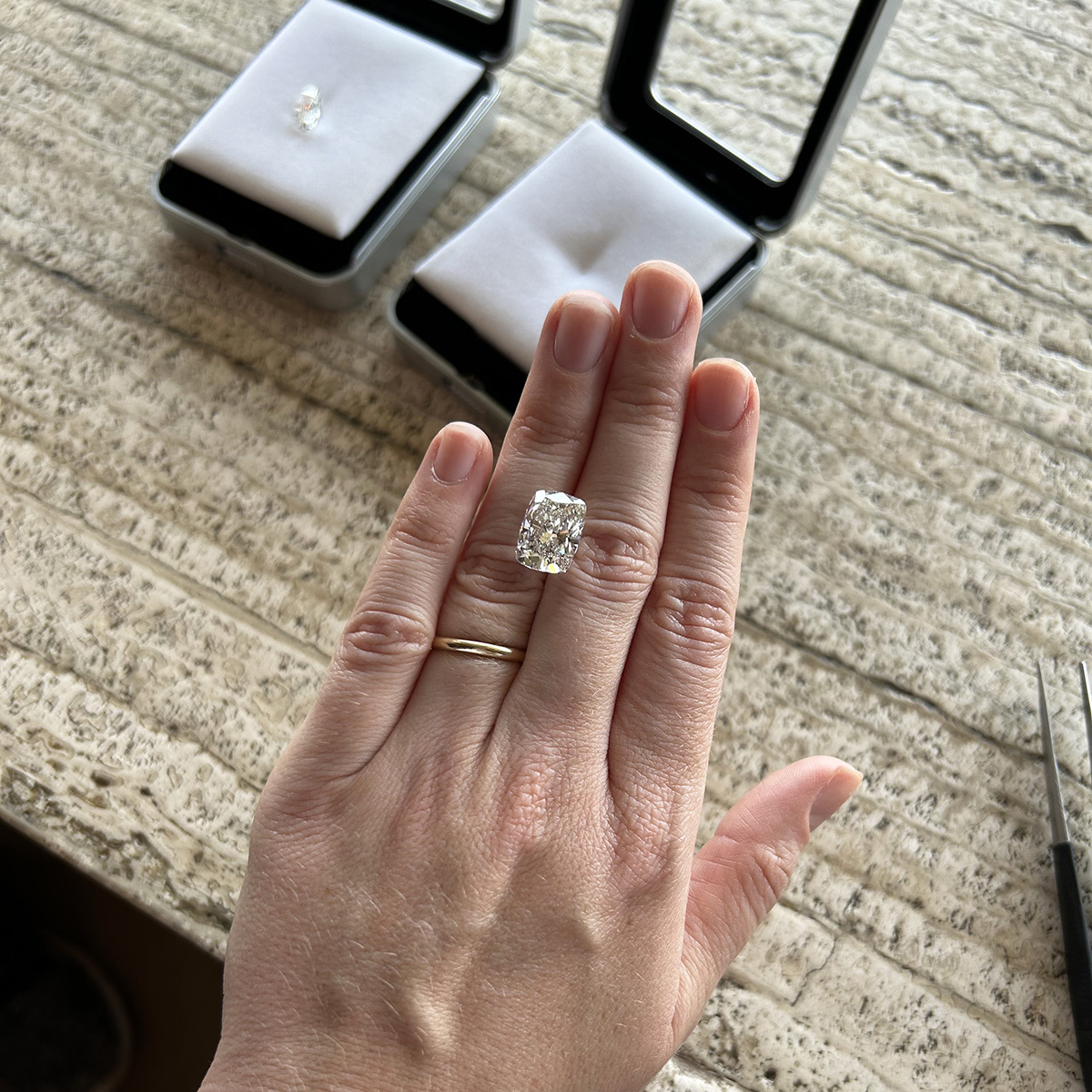 Customizing an Engagement Ring Is Now Easier Than Ever Thanks to This Heritage Jeweler
Customizing an Engagement Ring Is Now Easier Than Ever Thanks to This Heritage JewelerBen Bridge's Bella Ponte collection is changing the game.
By Lauren Eggertsen
-
 Forget Oval—Selena Gomez Just Got Engaged With the Next *Huge* Engagement Ring Trend
Forget Oval—Selena Gomez Just Got Engaged With the Next *Huge* Engagement Ring TrendIt's dazzling to say the least.
By Eliza Huber
-
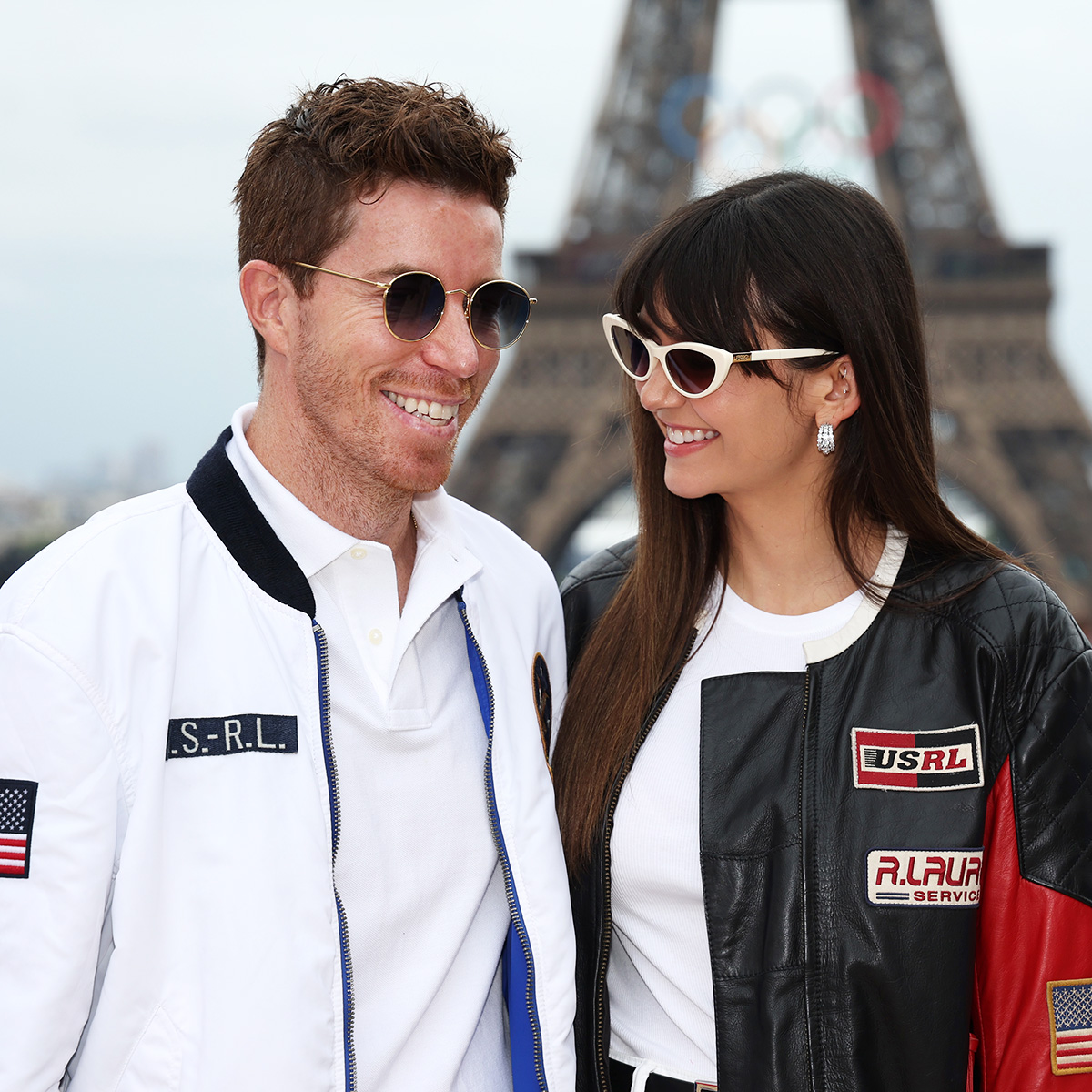 Nina Dobrev Just Got Engaged With a Massive Version of the Ring Style Hollywood Loves
Nina Dobrev Just Got Engaged With a Massive Version of the Ring Style Hollywood LovesMy jaw dropped.
By Allyson Payer
-
 I'm a Luxury Jewelry Designer: 6 Investment Pieces That Will Last a Lifetime
I'm a Luxury Jewelry Designer: 6 Investment Pieces That Will Last a LifetimeDiamonds are Olivia Landau's best friend.
By Ana Escalante
-
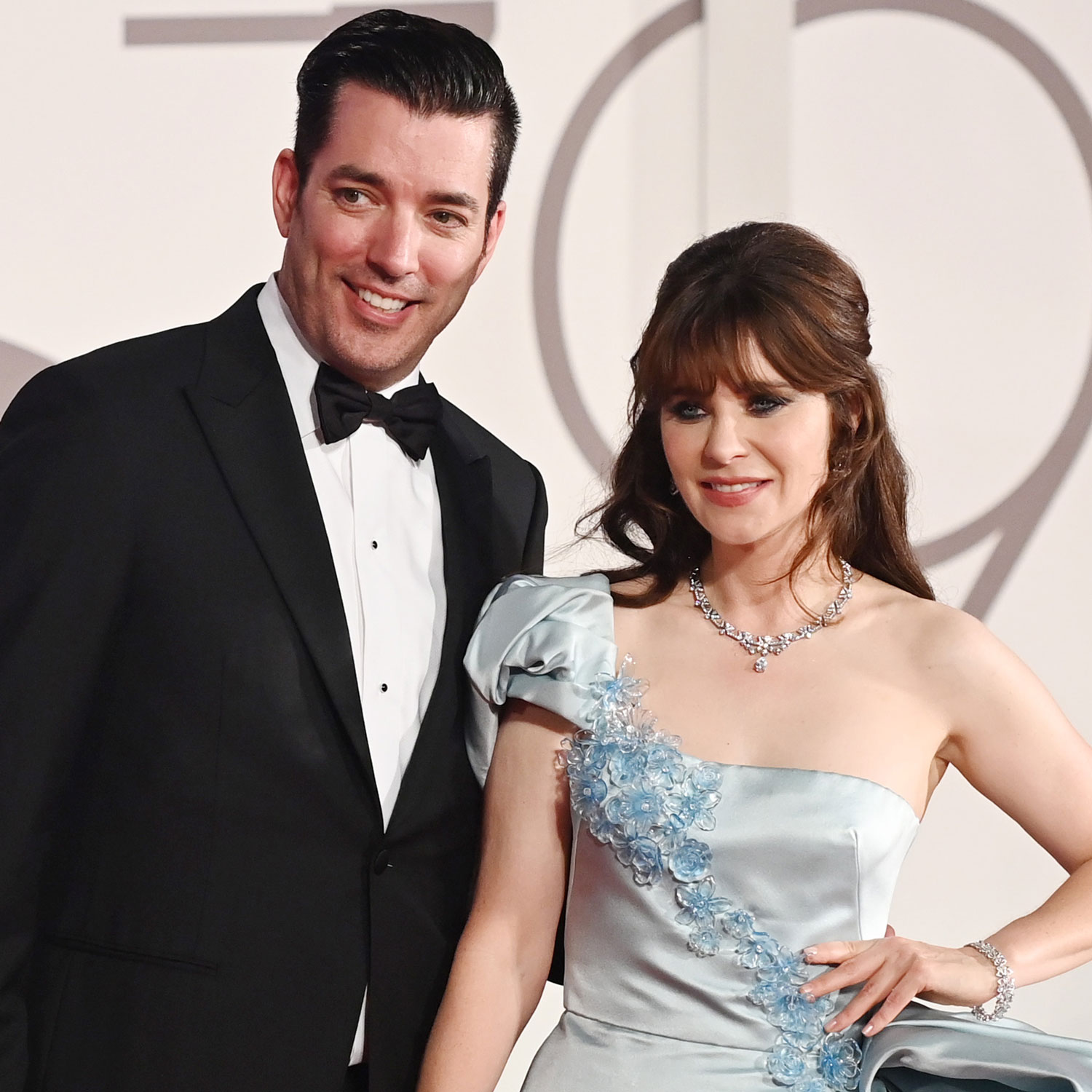 Zooey Deschanel Just Got Engaged—See Her Pink and Purple Floral Ring
Zooey Deschanel Just Got Engaged—See Her Pink and Purple Floral RingSo cute.
By Erin Fitzpatrick
-
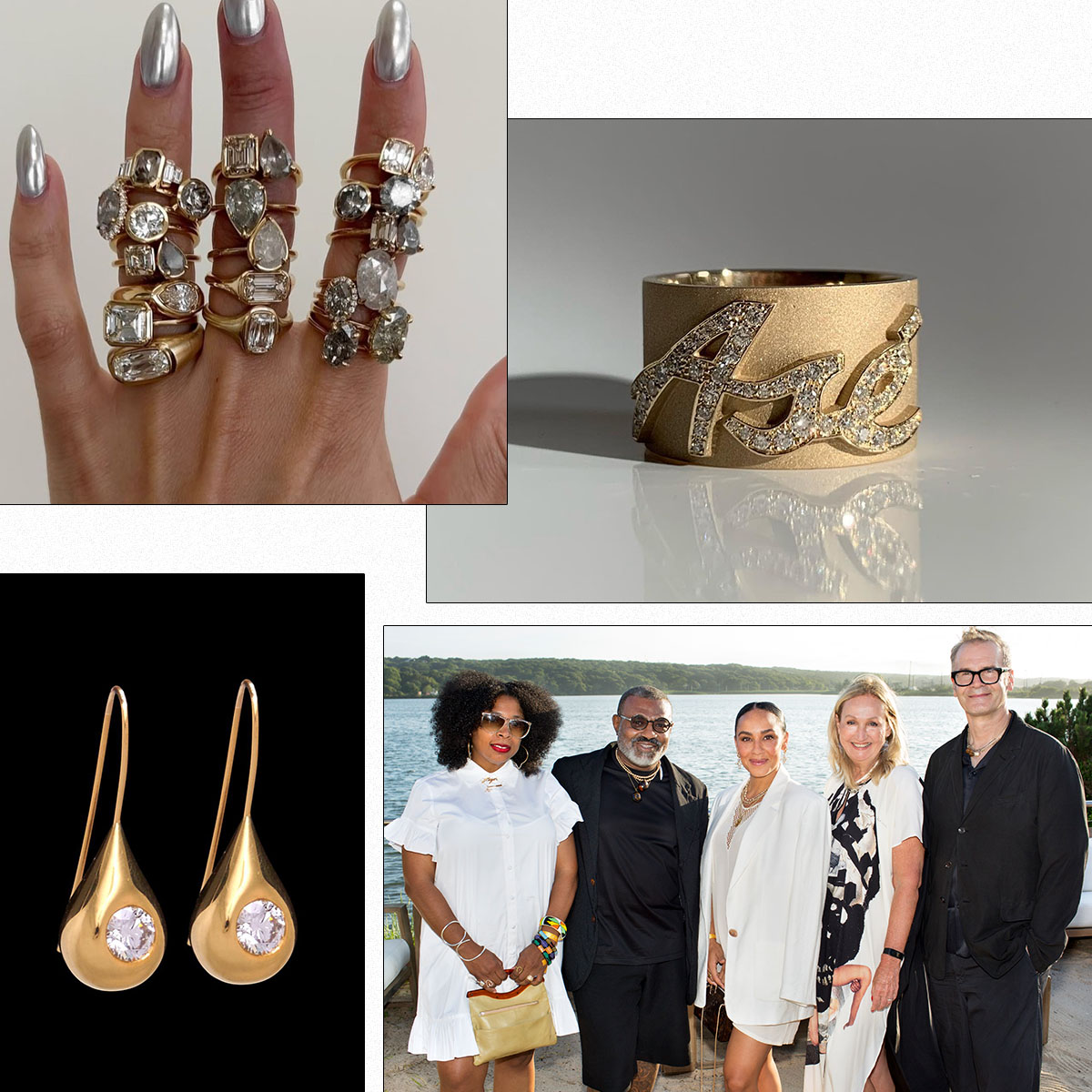 Say Hello to the 4 Designers Ushering in Fine Jewelry's New Era
Say Hello to the 4 Designers Ushering in Fine Jewelry's New EraClick here if you like diamonds.
By Eliza Huber
-
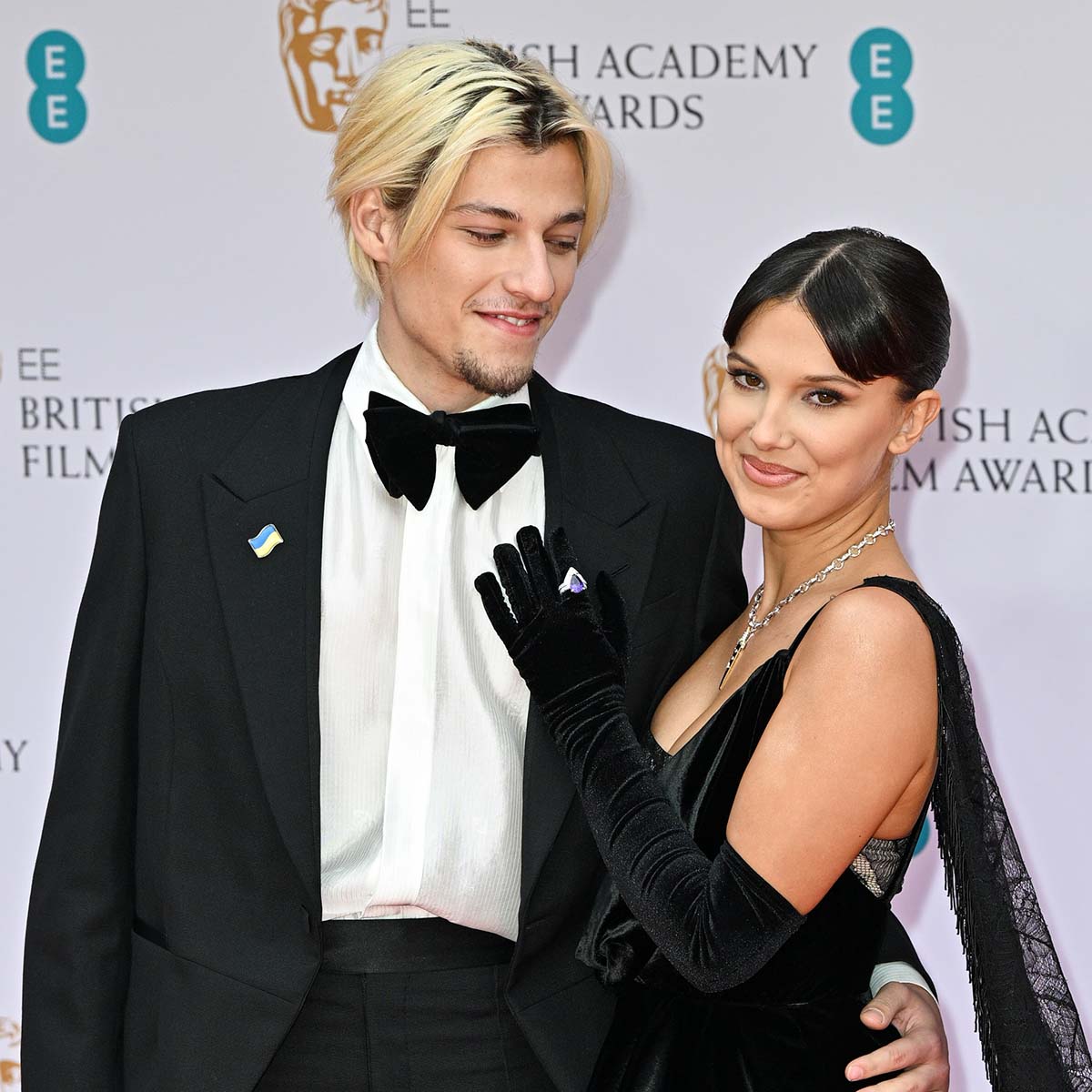 Surprise! Millie Bobby Brown Sneakily Just Got Engaged to Jake Bongiovi
Surprise! Millie Bobby Brown Sneakily Just Got Engaged to Jake BongioviThat ring though.
By Eliza Huber
-
 Vanessa Hudgens Just Got Engaged in Paris and Revealed Her Classic Ring
Vanessa Hudgens Just Got Engaged in Paris and Revealed Her Classic RingGet a close-up look.
By Erin Fitzpatrick

